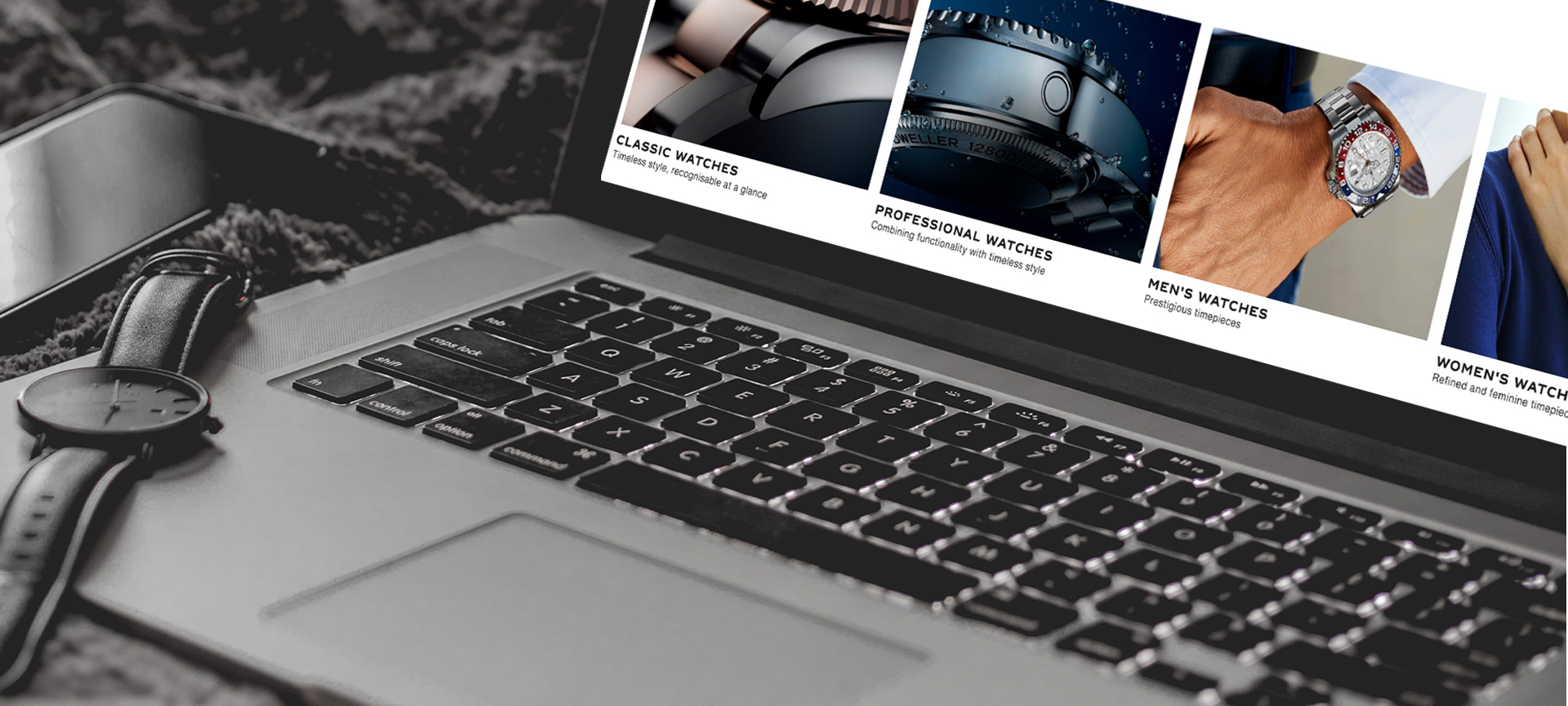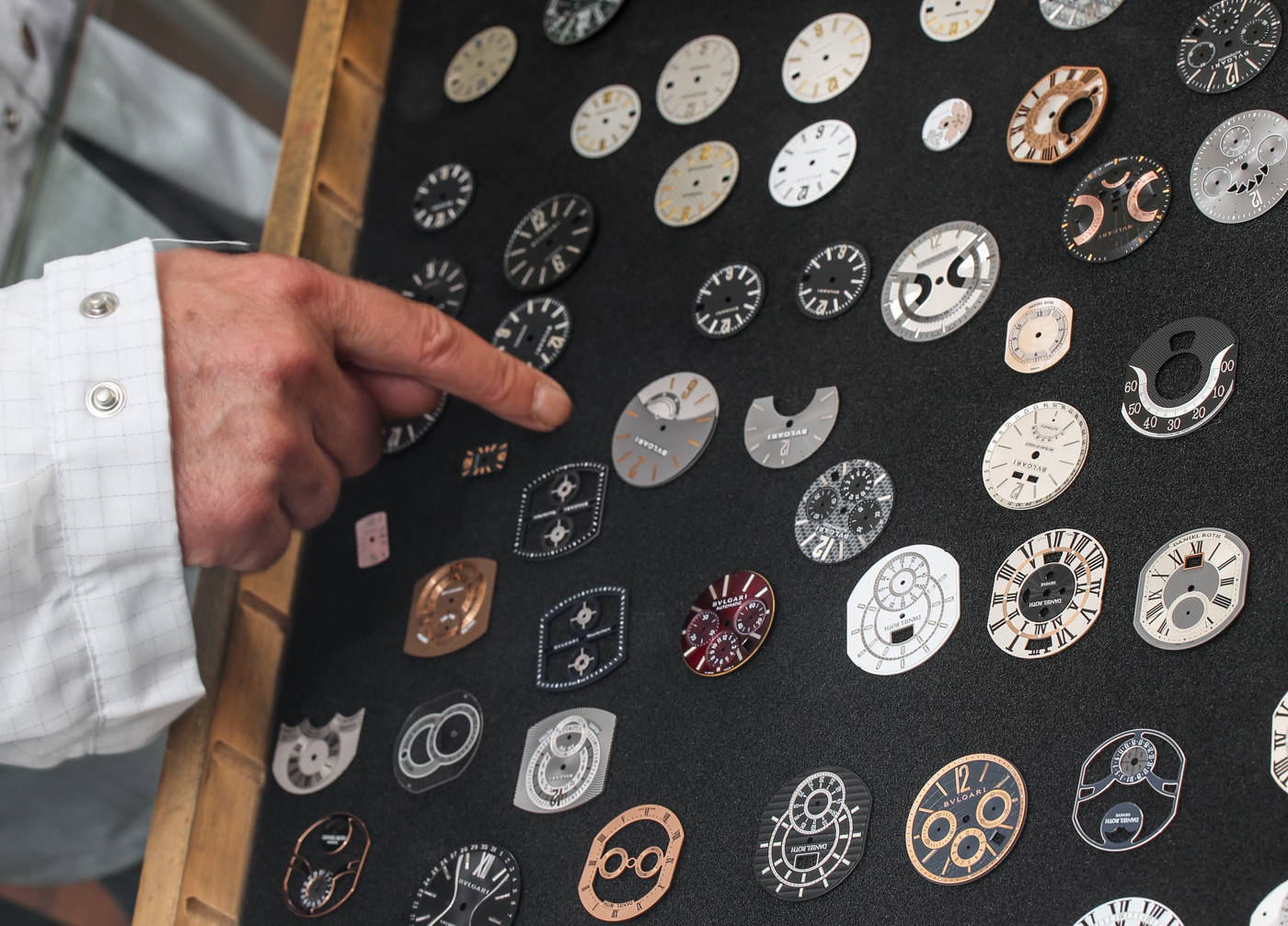 More than a few major watch brands have announced the availability of online product configuration tools in 2020. This year we’ve seen the acceleration of a trend that has implications far greater than giving consumers extra choice when making a watch purchase. But are watch configuration services always wise for consumers? Such software configuration tools aren’t new, and for more than 10 years now, the luxury to mainstream-traditional watch industry has nurtured the idea that consumers want to personalize or merely configure the style of watch they want to wear.
More than a few major watch brands have announced the availability of online product configuration tools in 2020. This year we’ve seen the acceleration of a trend that has implications far greater than giving consumers extra choice when making a watch purchase. But are watch configuration services always wise for consumers? Such software configuration tools aren’t new, and for more than 10 years now, the luxury to mainstream-traditional watch industry has nurtured the idea that consumers want to personalize or merely configure the style of watch they want to wear.
The recent history of watch configuration extends a legacy going back to the beginning of the watch industry itself when most watches required the client to make particular choices. These days, watch customization/personalization via software configuration tools is a distinct flavor of the exclusivity and bespoke forms of expression that the luxury industry is celebrated for. Watch configurators today are powered by both the Internet and the ability of manufacturers to produce watches from available parts immediately after that product is ordered by a consumer.
Modular product construction is, more often than not, a necessary component of any watch brand offering a configuration service for one or more watch models. Modular products are nothing new, but what is new is that brands that adopt a direct-to-consumer sales model can combine modular construction with last-minute assembly. It’s like a kitchen keeping a lot of ingredients around but not cooking anything until someone orders a dish. That said, no matter how capable the kitchen, business is still only as good as the quality of the menu.
For watch enthusiasts, watch configurator tools are often a blessing. Seasoned watch buyers will have less trouble making complicated decisions about how a watch should look or be colored, and the increased choice means that people can usually match watches they like to their taste. It also means that watchmakers can offer more aesthetic choices without necessarily having to invest as much into producing all of those choices.
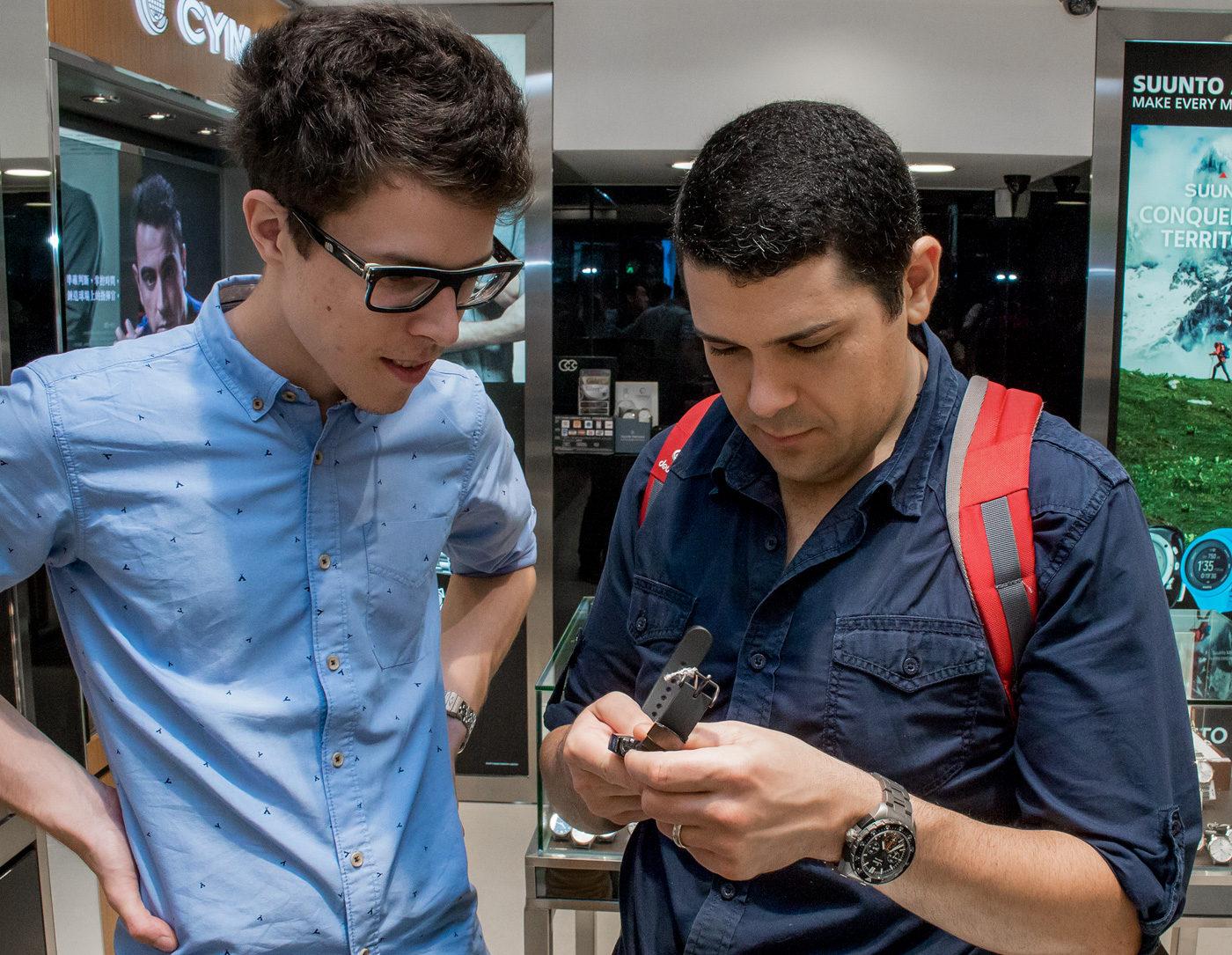 From a business perspective, watch configuration services have not been the bounty that some watchmakers may hope for. While the services do have their takers, few if any watch brands are entirely dependent on one-off timepieces purchased via online configuration tools. Now, let’s explore the current watch enthusiast appeal of online watch configuration tools via a point/counterpoint-style conversation.
From a business perspective, watch configuration services have not been the bounty that some watchmakers may hope for. While the services do have their takers, few if any watch brands are entirely dependent on one-off timepieces purchased via online configuration tools. Now, let’s explore the current watch enthusiast appeal of online watch configuration tools via a point/counterpoint-style conversation.
Ariel Adams will take the side of consumers who do not find value in online watch configurators, and David Bredan will take the position of consumers who do find a lot of value in online watch configurator tools. Neither of them necessarily personally feels as strongly in the direction they take in this article, but rather have accepted a position for the purpose of this debate.
Ariel Adams: The first few times I used watch configurator tools online, they barely worked since the technology was still pretty new. It was nevertheless fascinating. Probably the first time was back in 2008-2012. Back then, Timex pretty much had the basics down even though it was a budget-minded brand. Now in 2020, we see brands large and small debut their own ability to configure/personalize/customize a watch online using software tools. What has changed in the last 12 years is the larger push for brands to sell directly to consumers while at the same time wishing to decrease their production numbers.
Watch configurators are lovely in theory, but most of the time simply offer a consumer the ability to mix and match between a relatively small number of parts — parts that in historic times would have been used to assemble various versions of the same watch, all of which would go to market. Watch configurators in many of their current forms thus only help brands save money by not producing a timepiece until it is actually ordered. In relatively few instances, so far, have I seen brands offer truly wild design options we’d never have imagined would be available in mainstream retail. Thus, the level of aesthetic variety potentially promised by online watch configurators isn’t really here yet. So, in that regard, it is hard for consumers to see them as more expressive creative outlets that allow them to make watches they already like that are much more personalized.
What will prevent many brands from offering truly robust online watch customization services is another problem few people are talking about. I call it the “ugly watch dilemma.” What happens if your customizer allows the consumers to haphazardly assemble watch parts in a manner that results in an ugly product? Most luxury watch brands are obsessive over protecting their brand identity. Doesn’t it potentially hurt brand identity by allowing consumers to configure ugly watches?
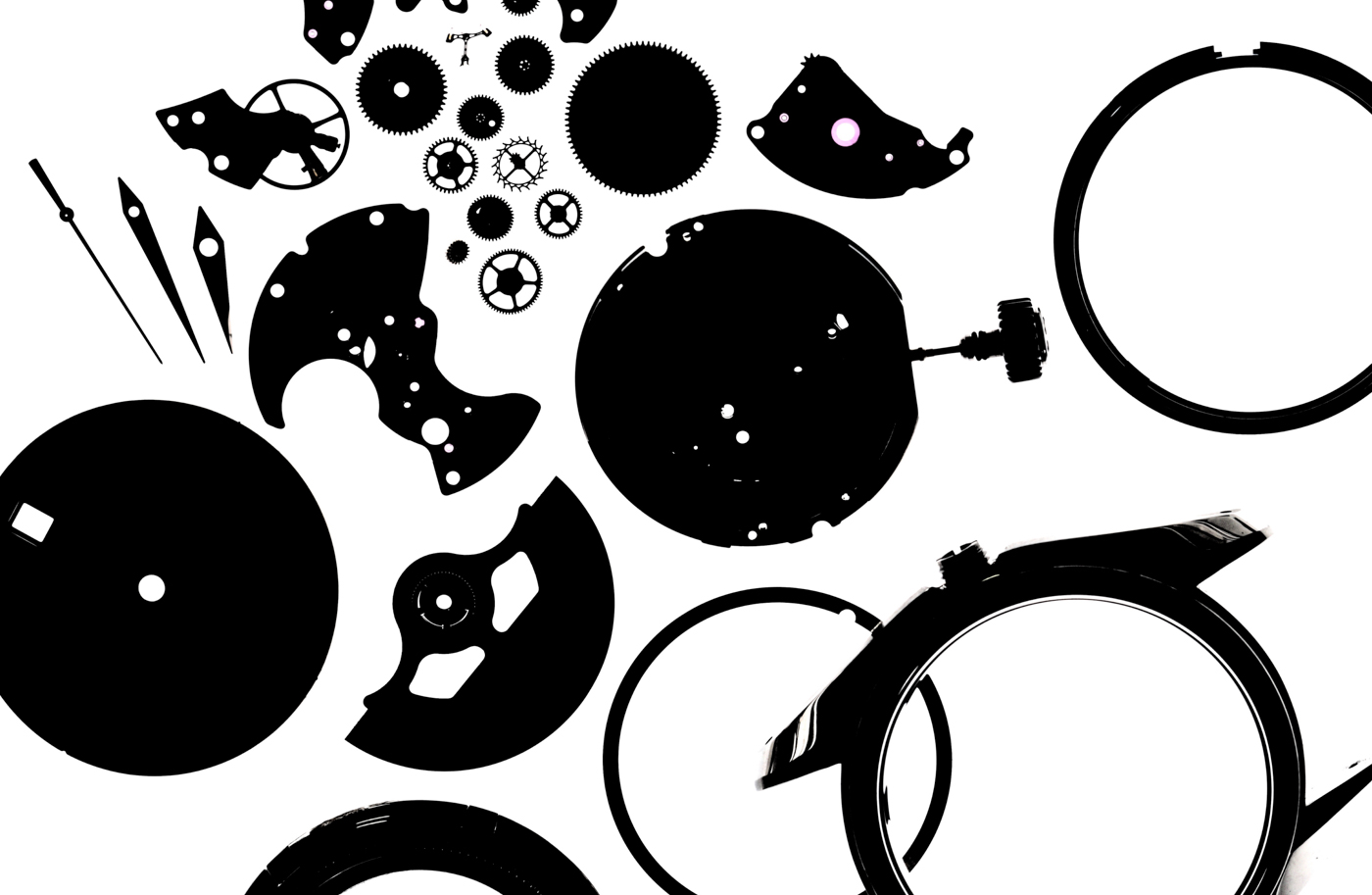
Source: The Naked Watchmaker
Ugly watches can come as a result of a consumer being able to mix and match parts in a tasteless manner. That said, if a brand only offers traditionally prudent watch colors and materials, then configurator tools could feel limp and as though they aren’t offering anything. So, while I fully support the potential to watch configurator tools online, I’m not sure this is a boom for a lot of watch collectors out there.
David Bredan: What you describe as a liability I’d describe as an opportunity. Sure, opportunities and the decisions linked to them come with at least some level of liability, but thankfully that has not discouraged people from demanding at least some freedom of choice — and that should be especially true when spending their hard-earned money on luxury products.
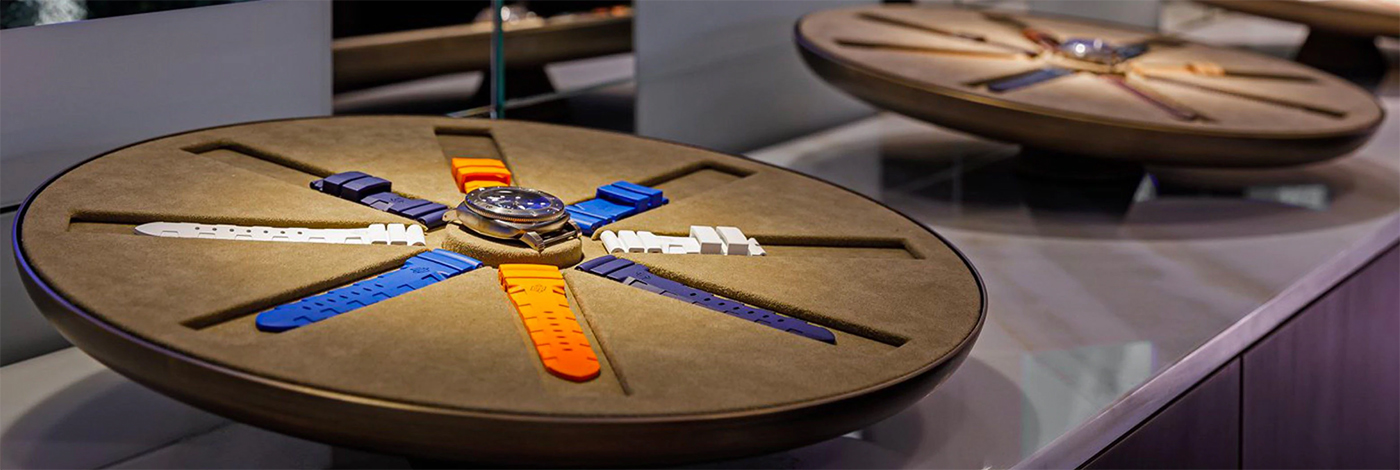 An especially odd trend of recent years is to be seen with brands such as Panerai that appear to be on the way to sooner or later offering every single permutation of its design components — without placing them in a configurator. What is the point of offering hundreds of model variations over the years (hence destroying almost all of the remaining connection with specific designs of the past) but keeping customers from building pieces they would actually like? Luxury watch brands suffer no shortage of self-confidence and egoism — so how about they take their proclaimed century-old know-how in watch design and take it to a new level where a wider audience is enabled to find the perfect watch?
An especially odd trend of recent years is to be seen with brands such as Panerai that appear to be on the way to sooner or later offering every single permutation of its design components — without placing them in a configurator. What is the point of offering hundreds of model variations over the years (hence destroying almost all of the remaining connection with specific designs of the past) but keeping customers from building pieces they would actually like? Luxury watch brands suffer no shortage of self-confidence and egoism — so how about they take their proclaimed century-old know-how in watch design and take it to a new level where a wider audience is enabled to find the perfect watch?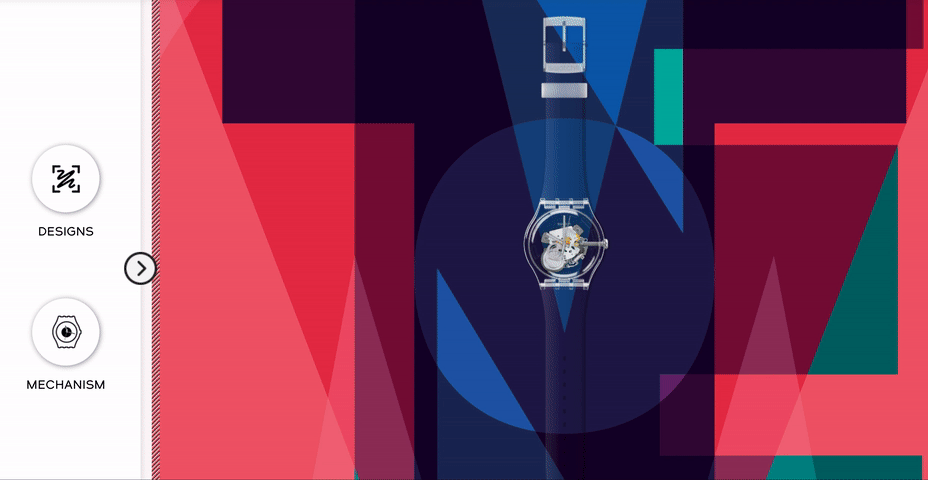
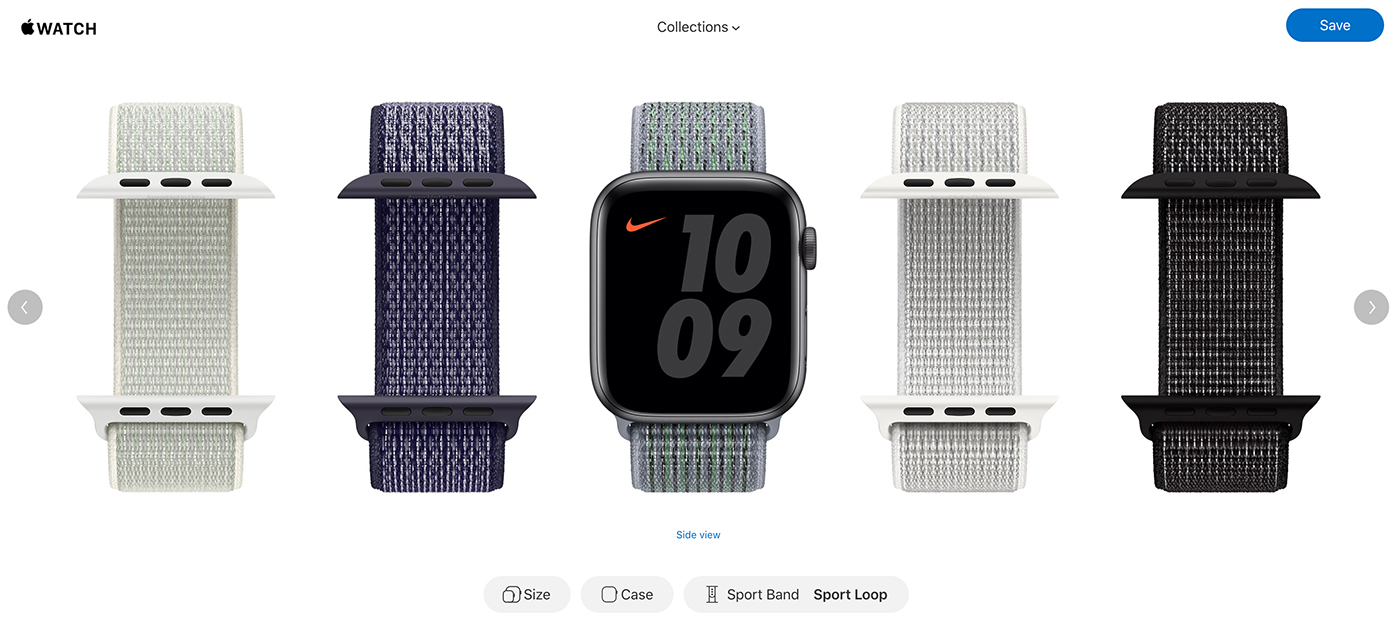 Speaking of choice, I really don’t think many consumers want as much of it as enthusiasts like you and I might like. Consider the “Instagram effect” that has resulted in relatively few numbers of watch brands and models being disproportionately given attention despite the breadth of timepiece options out there. If choice was important to more watch consumers, then their interests would probably be a bit more spread out and not as focused on a smaller number of choices.
Speaking of choice, I really don’t think many consumers want as much of it as enthusiasts like you and I might like. Consider the “Instagram effect” that has resulted in relatively few numbers of watch brands and models being disproportionately given attention despite the breadth of timepiece options out there. If choice was important to more watch consumers, then their interests would probably be a bit more spread out and not as focused on a smaller number of choices.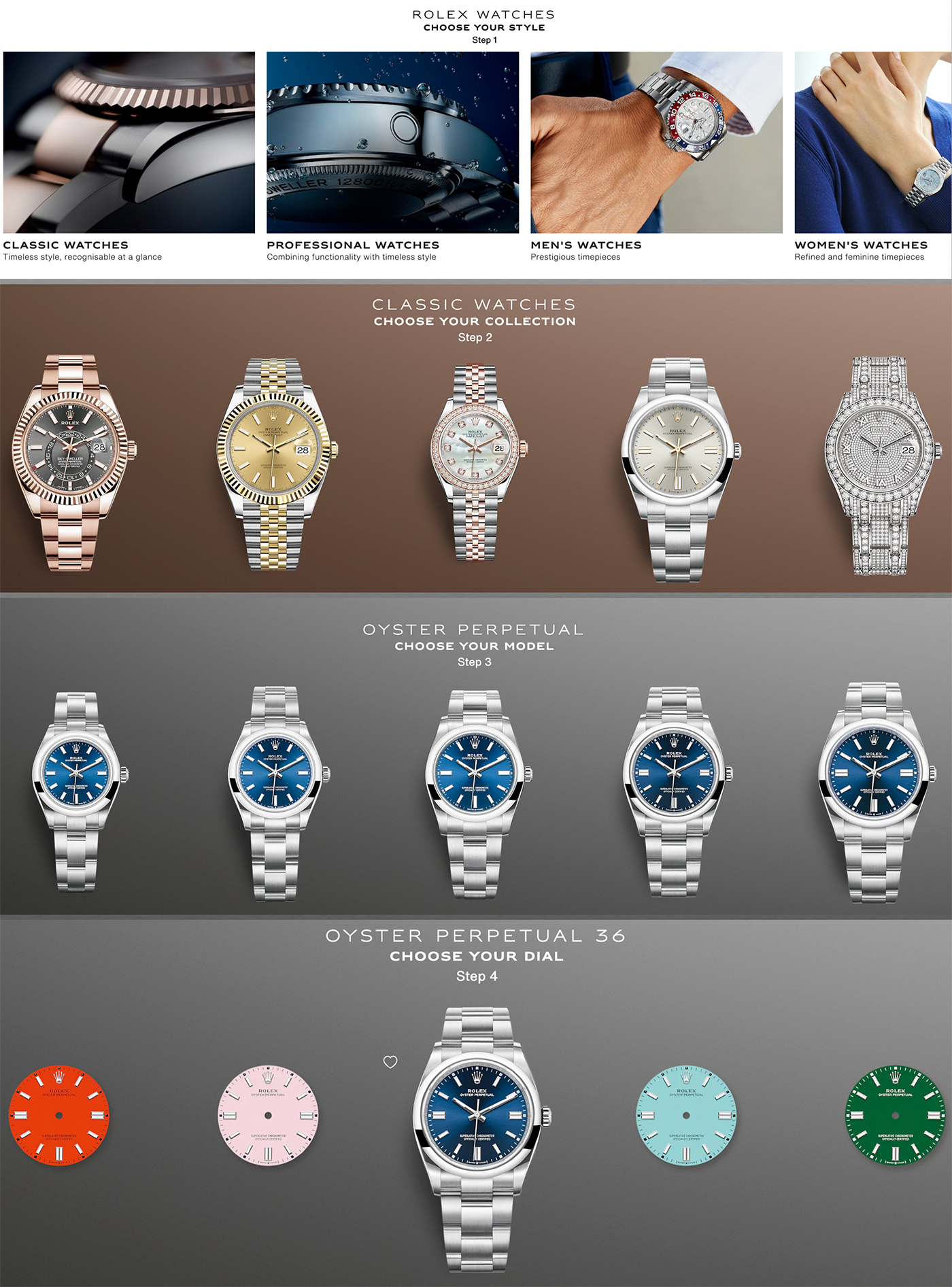 Although most all of these brands had their own issues in terms of distribution, marketing, or what have you, these wouldn’t suffice to explain why each of them was forced out of business. That, I reckon, happened due to a depressing lack of support from the watch community. In place of showing appreciation for at least making the world of watches that much more versatile and entertaining, more often than not these brands received demeaning and degrading comments, discouraging fellow watch lovers from shelling out for one of their creations. And that was before the time everyone wanted to show off having one of the same few watches as everybody else on Instagram.
Although most all of these brands had their own issues in terms of distribution, marketing, or what have you, these wouldn’t suffice to explain why each of them was forced out of business. That, I reckon, happened due to a depressing lack of support from the watch community. In place of showing appreciation for at least making the world of watches that much more versatile and entertaining, more often than not these brands received demeaning and degrading comments, discouraging fellow watch lovers from shelling out for one of their creations. And that was before the time everyone wanted to show off having one of the same few watches as everybody else on Instagram.Ariel Adams: It appears that we both agree that there is a regrettable lack of creativity in the mainstream wristwatch space, with an accordingly high level of need for creativity. So, what can be done? Your position on the matter is that watch designers have been creative but industry forces have failed to assert novel designs in sufficient quantity and that perhaps new tools should be developed to help designers. This puts us on the same page where we agree that the industry rather than the consumer should be responsible for most of the “artistic curation.”
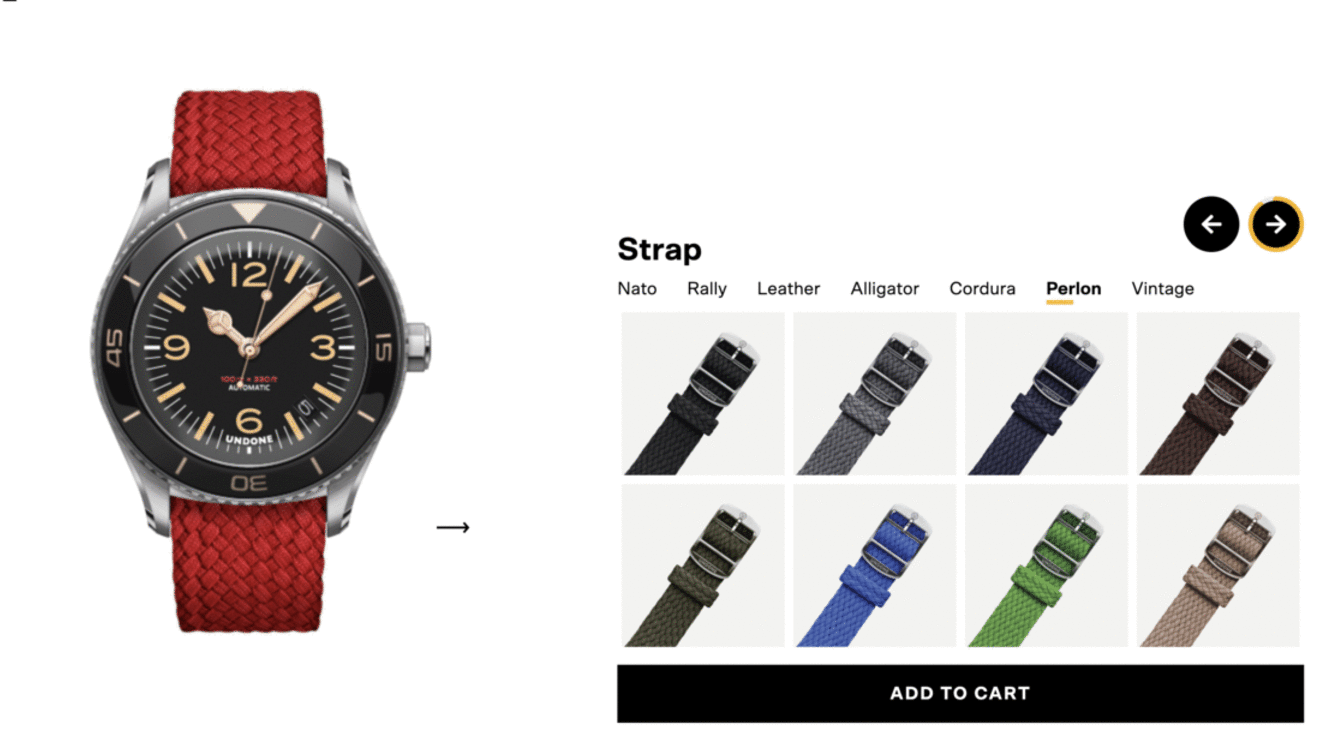 If you look at the larger history of the watch industry most watches produced have been copies of other watches, with actual originality being somewhat uncommon. With that said, the last 30 years have been the most creative in the history of the watch industry in terms of the number of products available in the market. While it is hard to invent new shapes and themes, creativity can also be thought of as “relevance to the market.” A creative design isn’t about offering something new, but rather about combining something in a highly relatable way right now. What I like about this definition of creativity is that it helps explain why creative things in 2020 might not actually be popular until 2030. That might be because the item in 2020 simply isn’t relatable to enough people at that time. Many items or designs which are “ahead” of their time suffer from this exact issue — and often require years to be properly appreciated.
If you look at the larger history of the watch industry most watches produced have been copies of other watches, with actual originality being somewhat uncommon. With that said, the last 30 years have been the most creative in the history of the watch industry in terms of the number of products available in the market. While it is hard to invent new shapes and themes, creativity can also be thought of as “relevance to the market.” A creative design isn’t about offering something new, but rather about combining something in a highly relatable way right now. What I like about this definition of creativity is that it helps explain why creative things in 2020 might not actually be popular until 2030. That might be because the item in 2020 simply isn’t relatable to enough people at that time. Many items or designs which are “ahead” of their time suffer from this exact issue — and often require years to be properly appreciated.
In this context, the consumer is not the designer but rather the judge. The consumer does not create or invent, but rather selects what he or she wants, and then sellers who have those products are rewarded in kind. The principle struggle in the watch industry is the question of whether or not they anticipate the next thing consumers will want or do they produce something the consumer has always established that they like, but could as easily fall out of love with it as they did in love with it. In such a context there is no room for a consumer to be a creator, but rather a selector (judge) of existing creations they currently want. As such, you can’t really change this fundamental market economy dynamic in my opinion. Brands will always need to invent a design or designs that consumers select or discard.
Accordingly, watch configurators are just another means for consumers to do their consumer work. That should not be confused with a consumer once in a while dabbling as a creator. It happens, but it isn’t a way to grow or maintain a market in any traditional sense according to the models that I have observed. Whether or not watch configurators offer the illusion of choice for consumers, at the end of the day they just help watch companies get market feedback about what designs they want more or less. True creativity still requires a dedicated expert.
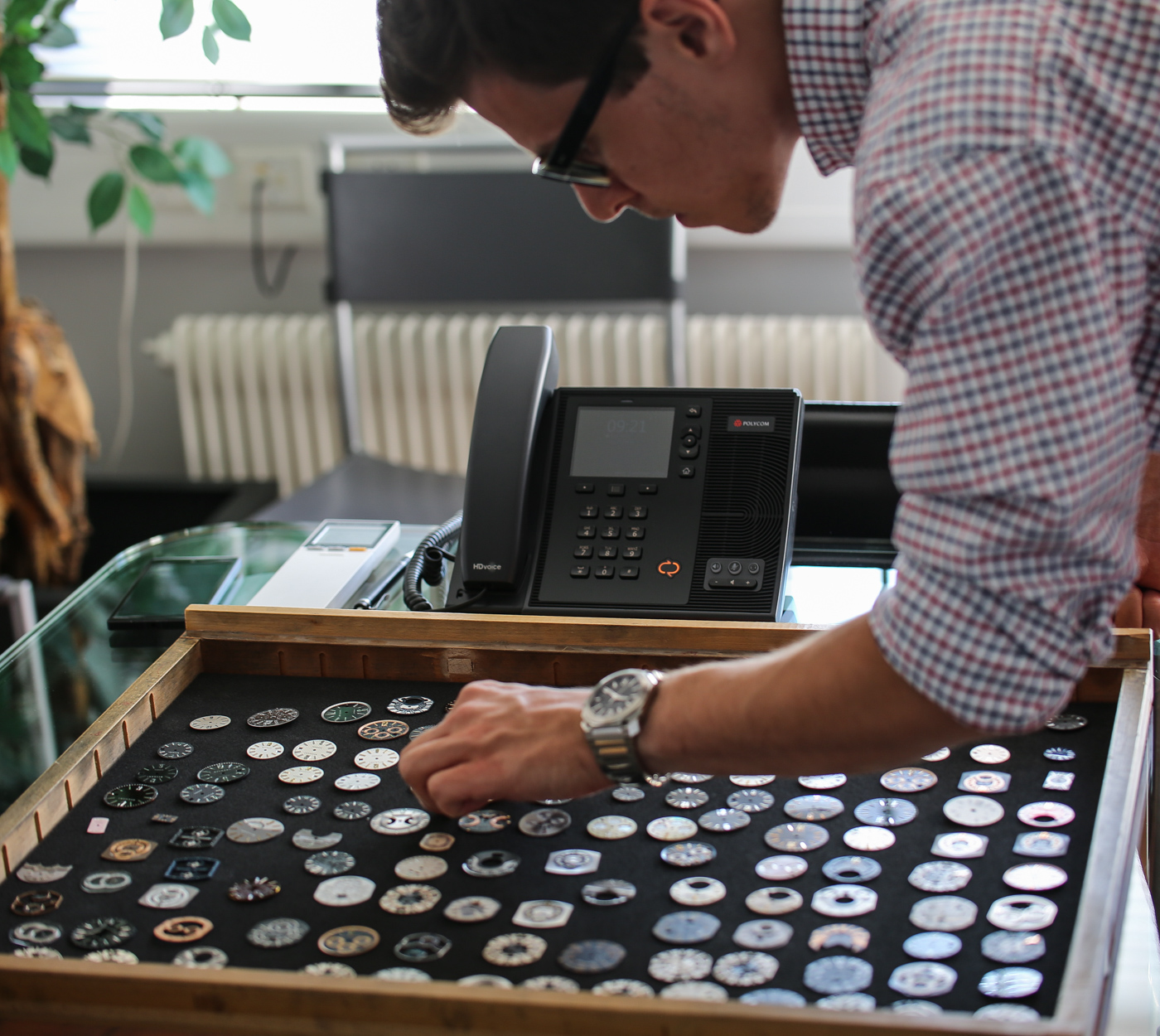 Finally, a note on social feedback when it comes to watch brands and designers fearing that their original creations will be lampooned by skeptics with outsize voices on the internet and social media: I sympathize with them. The desire for social approval is a psychological behemoth, and it is easier to tell brands to ignore feedback when all the current thinking about product business is that companies should “listen to the consumer.” What is the result of telling brands to both listen to the consumer but also to ignore them?
Finally, a note on social feedback when it comes to watch brands and designers fearing that their original creations will be lampooned by skeptics with outsize voices on the internet and social media: I sympathize with them. The desire for social approval is a psychological behemoth, and it is easier to tell brands to ignore feedback when all the current thinking about product business is that companies should “listen to the consumer.” What is the result of telling brands to both listen to the consumer but also to ignore them?
I have found that, in reality, most novel designs that demonstrate true originality are rejected when they are new. It takes time for new designs to penetrate natural consumer defenses and sink into being part of the larger watch design zeitgeist. None of this happens overnight and only through consistency and confidence will brands be able to assert things that feel new. In this sense, what brands need to give themselves a lot more of is… time.

